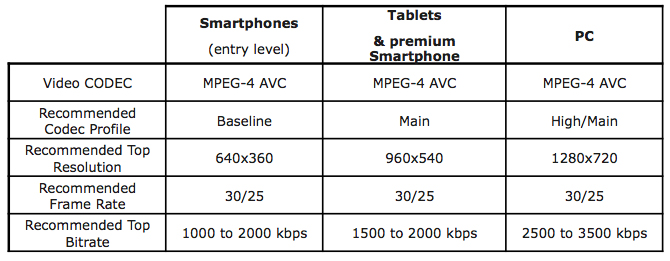SMPTE 2011: Broadcast, Mobile and Streaming Headends, Oh My Indeed
HOLLYWOOD: Multiplatform distribution is more than just demuxing a signal. With linear broadcasting, there’s a common transport standard, a typical reception device and well-established content rights. Multiplatform streaming often requires adaptive transport measures for multiple receiver types, and content rights are “contentious, if not right down hostile sometimes,” said J. Patrick Waddell of Harmonic.
Waddell said that in adaptive streaming, “a couple of different boxes appear.” One is a “content packager,” specific to playout device. The other is an “origin server” that handles delivery, typically in one of three formats--Microsoft Smooth Streaming, Adobe Flash or Apple HTTP Live. Adaptations include varying bit rates and packet sizes to match available bandwidth, leading to a differential in video quality, Waddell said.
“The device is doing a lot in this equation,” he said.
The device is a multi bit-rate encoder, generating several “video chunks per encoding period” in various bit rates. Those are delivered are delivered to the “client,” or a receiver, which dynamically determines according to its environment the bit-rate it can handle and the best chunks to select.
Current multiplatform receivers are defined in three basic categories, and are likely to change as consumer electronics folks “give us different choices to play with,” Waddell said. The current three include smartphones, tablets and PCs. He provided the following breakdown of the streaming profiles of each:
Thus audio/video content must be packaged to match the required bit rates for the given streaming standard, and the needs of the playout device. Metadata must be properly applied to ensure ad signaling, the correct language and captions.
“Packaging is getting more complicated than the video compression,” Waddell said, adding that mobile and web streaming will require 12 to 18 profiles of the linear broadcast feed.

The professional video industry's #1 source for news, trends and product and tech information. Sign up below.
